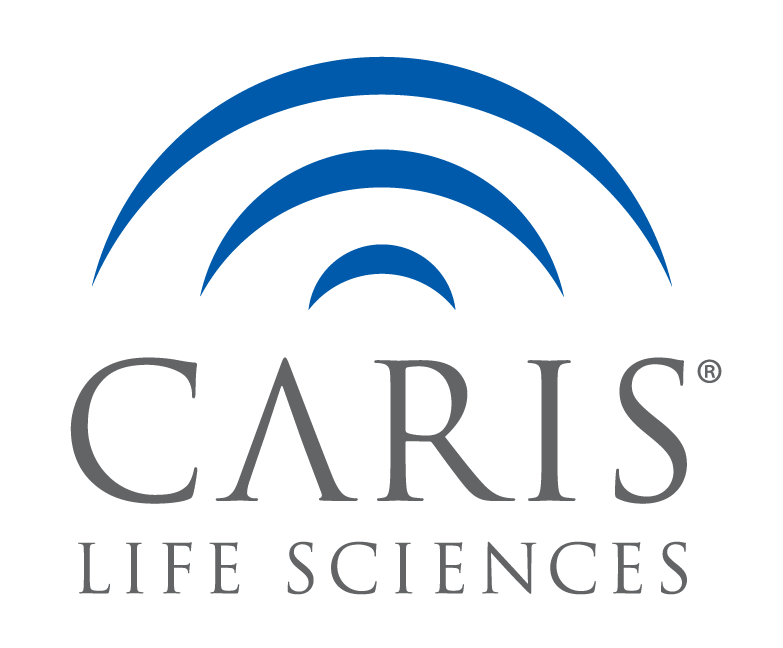Abstract
Background: Brain metastases (BM) in breast cancer (BC) have a poor prognosis, with median survival at 7.2-13 months. Interplay between genomic evolution of cancer cells and development of BM is obscure. We sought to identify genomic aberrations associated with BM.
Methods: We included 14095 BC samples: 429 BM, 7858 extra-cerebral metastases (ECM) and 5808 primary tumors (PT) were analyzed by next generation sequencing of DNA (NextSeq, 592 genes and NovaSeq, WES) and RNA (NovaSeq, WTS) (Caris Life Sciences, AZ). Tumor mutational burden-high (TMB-H) was defined as ≥10 mt/MB. Cut-off for PD-L1 immunohistochemistry positivity was ≥2 intensity and >5% staining (SP142). Global loss of heterozygosity (gLOH) used a cut-off of ≥ 16%. PAM50 was evaluable for a subset (n=9724, 69%) with WTS data. Statistical significance determined using chi-square and Mann-Whitney U test and adjusted for multiple comparisons (q<0.05).
Results: Median age was lower in BM than ECM and PT (55 vs 62 vs 59 years, q<0.05). BM subtype was triple negative (TNBC, 40.1%), HR+/HER2- (30.5%), or HER2+ (29.4%) vs. ECM primarily HR+/HER2- (65.4%) and PT HER2+ (52.5%). BM were Basal-like (35.3%) or HER2-enriched (35.3%), whereas ECM were Luminal B (47.2%) and PT were Basal-like (34.4%) or Luminal B (34.6%). The Table summarizes molecular findings. In HR+/HER2- BC, BM were associated with TMB-H vs. ECM and PT (q<0.05). BM had higher GATA3-mt and ESR1-mt compared to PT (q<0.05). In HER2+ BC, BM had lower PD-L1+ (11.8% vs 39.3%) and higher ESR1-mt than PT. BM had higher ERBB2-amp (93.5% vs 75.2%) and RARA-amp (27.3% vs 6.7%) than PT (q<0.05). TNBC BM had higher proportion of TMB-H tumors but lower PD-L1+ (20.8% vs 50.7%) than PT. BM had increased gLOH than ECM (59.2% vs 36.2%). PIK3CA was lower in BM vs. ECM. In all subtypes, BM, when compared to ECM and PT respectively, were associated with decreased AR+ (HR+/HER2-: 57.7% vs 80.8% vs 85.7%; HER2+: 54.4% vs 77.1% vs 81%; TNBC: 15.1% vs 27.7% vs 23.1%), increased dendritic cell infiltration (HR+/HER2-: 3.2% vs 2.6% vs 2.5%; HER2+: 3.85% vs 2.41% vs 2.36%; TNBC: 3.96% vs 2.89% vs 3.05%) but lower IFN score (HR+/HER2-: -0.56 vs -0.41 vs-0.35; HER2+: -0.53 vs -0.39 vs -0.30; TNBC: -0.55 vs -0.30 vs -0.28).
Conclusions: BM in BC are more frequently associated with TNBC and Basal-like BC phenotypes than ECM or PTs. BM have a higher proportion of ESR1-mut than PTs, highlighting a possible association between endocrine resistance and development of BM. BM had lower IFN score and PDL-1 expression highlighting an immunosuppressed tumor microenvironment.

